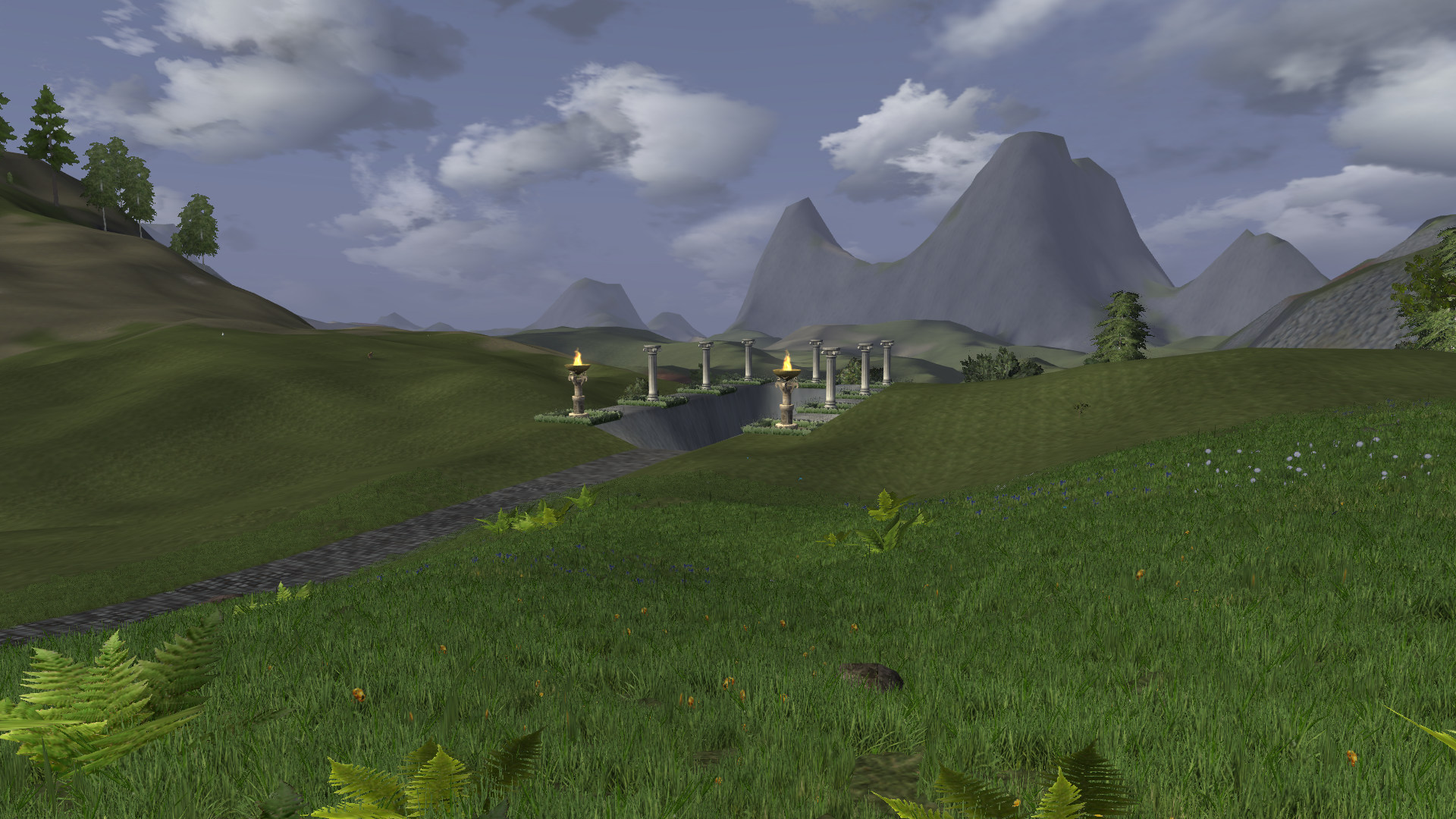

#Handcrafted wurm unlimited maps series
Our results show that such strategy provide better regularization than a series of strong baselines reflecting state-of-the-art technologies. We combine this bottom-up information with top-down spatial regularization encoded by a conditional random field model optimizing the label space across a hierarchy of segments with constraints related to structural, spatial and data-dependent pairwise relationships between regions. In this paper, we propose a method to learn evidence in the form of semantic class likelihoods, semantic boundaries across classes and shallow-to-deep visual features, each one modeled by a multi-task convolutional neural network architecture. graphical models such as conditional random fields). convolutional neural networks) with strategies for spatial regularization (e.g. When approaching the semantic segmentation of overhead imagery in the decimeter spatial resolution range, successful strategies usually combine powerful methods to learn the visual appearance of the semantic classes (e.g. These results serve as a baseline for future research on RSIR. We use PatternNet to evaluate the performance of over 35 RSIR methods ranging from traditional handcrafted feature based methods to recent, deep learning based ones. Significantly, PatternNet’s large scale makes it suitable for developing novel, deep learning based approaches for RSIR. PatternNet was collected from high-resolution imagery and contains 38 classes with 800 images per class. We therefore present a new large-scale remote sensing dataset termed “PatternNet” that was collected specifically for RSIR. These limitations restrict the development of novel approaches for RSIR, particularly those based on deep learning which require large amounts of training data.

However, current benchmark datasets are deficient in that (1) they were originally collected for land use/land cover classification instead of RSIR (2) they are relatively small in terms of the number of classes as well as the number of images per class which makes them unsuitable for developing deep learning based approaches and (3) they are not appropriate for RSIR due to the large amount of background present in the images. The results can serve as the baseline for future work.īenchmark datasets are critical for developing, evaluating, and comparing remote sensing image retrieval (RSIR) approaches. We implement several state-of-the-art deep learning methods of semantic segmentation for performance evaluation and analysis of the proposed dataset. The task posed for AIRS is defined as roof segmentation. This dataset provides a wide coverage of aerial imagery with 7.5 cm resolution and contains over 220,000 buildings. In this paper, we present a new large-scale benchmark dataset termed Aerial Imagery for Roof Segmentation (AIRS). Unfortunately, the remote sensing community still lacks proper benchmark datasets that can simultaneously satisfy these requirements. On the other hand, an image dataset should feature a large quantity and high spatial resolution to effectively train a high-performance deep learning model for accurate mapping of buildings. First, although building detection is generally considered equivalent to extracting roof outlines, most datasets directly provide building footprints as ground truths for testing and evaluation the challenges of these benchmarks are more complicated than roof segmentation, as relief displacement leads to varying degrees of misalignment between roof outlines and footprints. However, several problems still remain in the current public datasets that address this task. A benchmark dataset bears significance in fair comparisons for further accelerating the development of building detection toward automatic mapping. A recent technique that can largely promote the building detection accuracy is convolutional neural network, which is an important branch of deep learning and has substantially improved the state-of-the-art performance of image segmentation. Automatic mapping of buildings from remote sensing imagery is currently limited by insufficient detection accuracy.


 0 kommentar(er)
0 kommentar(er)
